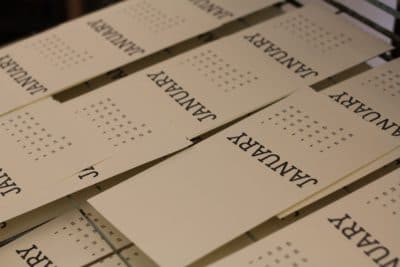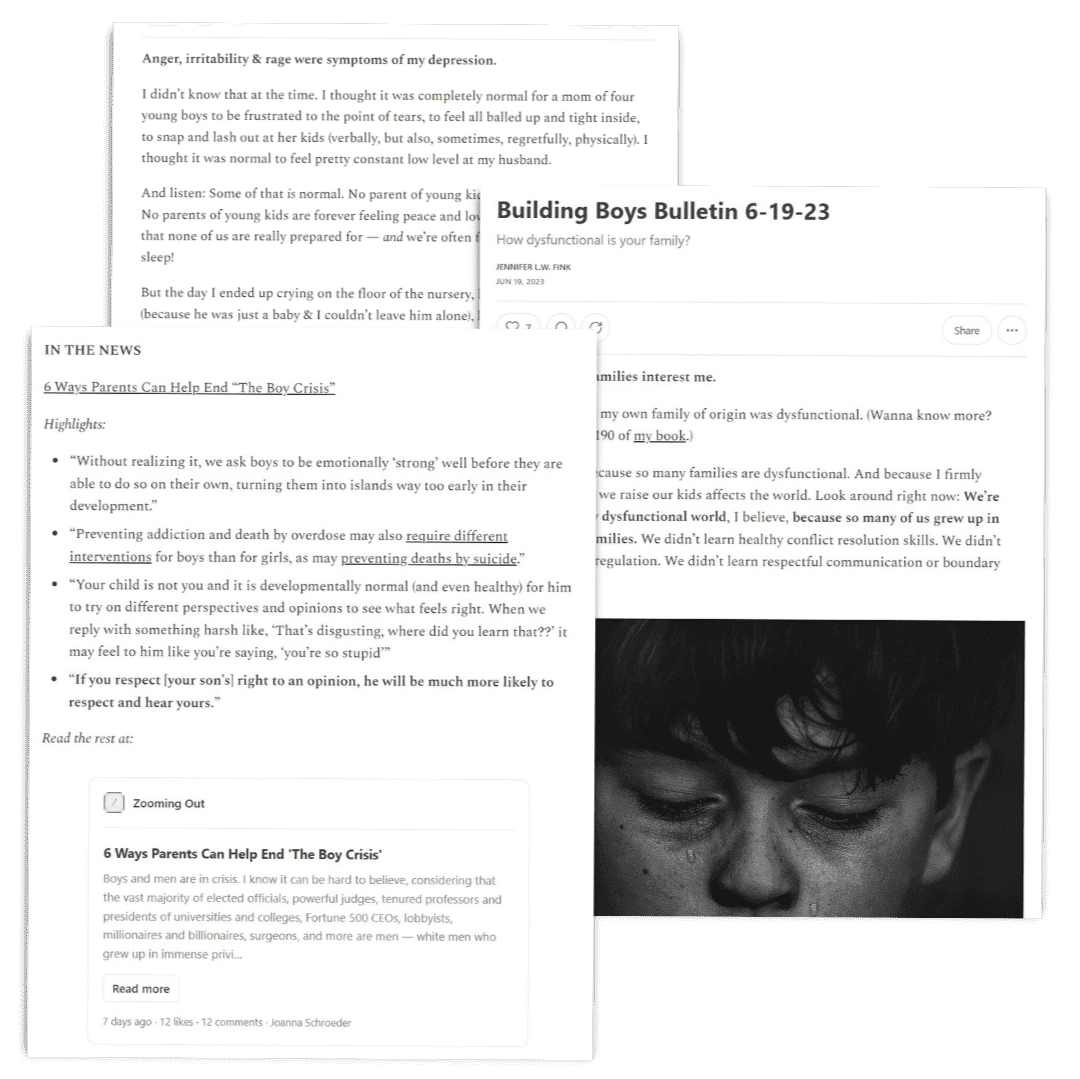
How’s school going? For your son? For you?
Listen, I understand your reluctance to delve too deeply into those questions. This time of year, I’m exhausted. My emotional, physical and bank accounts are depleted from the holidays — and somehow I still need to find the strength to finish putting away holiday decorations. Here in Wisconsin, it’s grey and dreary and dark more often than not in January, and all I really want to do is sleep and rest. The gleam and hope of the new year is already starting to fade, overwhelmed by the realities of life. And the gleam and hope of the new school year — well, that’s been gone for a long, long time now.
This time of year, my instinct is to hunker down and power through. To tough it out and go forward in spite of the obstacles, in spite of my own resistance. But pushing on is not always the best move. Sometimes, what we really need is to sit and reflect, to get real with ourselves about what’s going on.
Let me tell you a story. My oldest son first said he “hated school” in kindergarten. Kindergarten! I pushed through. I mean, kids say they hate school, right? I thought kindergarten was kind of young to already hate school, but what did I know? Maybe, I thought, that’s when most kids start hating school, and I was unusual in that I didn’t start hating school until my middle school years.
I pushed on. Brushed my son’s words aside and continued to send him to school.
Things did not get better. He entered first grade at the same school. His complaints continued. They became more frequent. He wasn’t happy in the classroom or on the playground. Finally, I saw down and asked him what was wrong.
“If they’d just call on me for everything, we could go home by lunch time!” he cried. OH! My bright, self-motivated son was bored. The more we talked, the more it became apparent that he was frequently frustrated in school, that he couldn’t go at his own speed and missed having time to purse things that interested him. Recess was a struggle for him too. My son loved playing and making up elaborate imaginative games and scenarios, and was a black-and-white rules follower. Most of the other boys loved pushing each other around at recess.
As we talked, it became clear that his school wasn’t meeting his educational or emotional needs — and, in fact, was hurting him and holding him back.
I shared what my son told me with his dad. Together, we met with his teacher, who confirmed the things our son was telling us. We met again with both the teacher and the principal and brainstormed ways the school might better meet his needs. Moving up to 2nd grade math class was one option.
Then, Christmas break arrived. Freed from the routines of school, I saw my son thrive. I saw him spend hours in pursuit of his interests, saw his enthusiasm when he received a model and a mini-computer as gifts. And as the days went on, I saw that once he returned to school, he wouldn’t have time to fully explore or enjoy those gifts. He’d be confined once again to a classroom and to routines that didn’t serve his needs.
So that January, we made a decision: We would pull our son out of school at the semester and homeschool him.
That was in 2005, and I have zero regrets. In fact, I strongly believe that switching up his education at that point helped save my son’s independent spirit and self-confidence. Today, he is an amazingly self-reliant 19-year-old businessman/college freshman.
If I hadn’t listened to his concerns, hadn’t gotten to the heart of his discontent and hadn’t made some changes — who knows?
It is not easy to re-visit decisions that have already been made. Raising a family and running a household is a complex business, and who’s got time to re-jigger routines and priorities? But know this: if what you’re doing right now isn’t working well, it’s actually costing you time and energy. Investing a bit more time and energy into uncovering and addressing problems can actually save you time, energy and money in the future — and make life ever so much more pleasant.
That’s why it’s a good idea to do periodic check-ins, to analyze what’s working and what’s not. And January, I am convinced, is the perfect time to assess your educational choices because:
- It’s the halfway point of the school year. You can’t accurately judge the effectiveness or fit of a teacher or class after just a few days. By now, enough time has passed that this year’s educational choice is a known quantity. You (and your son) should have a pretty good idea of how school is affecting him and your family.
- There’s enough time left to make meaningful changes. The semester is a perfect time to make some tweaks or go in a different educational direction.
So how ’bout it? Who’s going to take some time this month to think about how school is or is not working for their boy or family?






